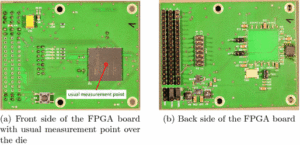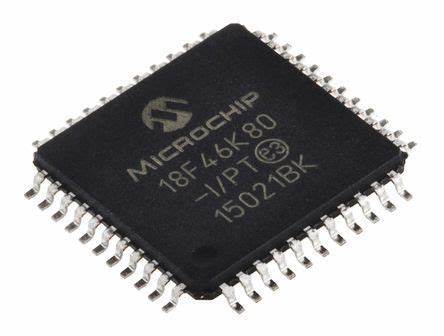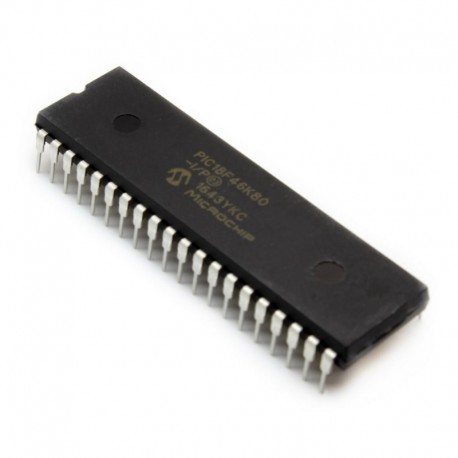Unlock MCU PIC18F46K80 Firmware
Unlock MCU PIC18F46K80 Firmware means the program from flash memory and data of eeprom memory will be extracted by microcontroller reverse engineering technique, and copy the code to new Microprocessor for cloning

reverse engineering technique, and copy the code to new Microprocessor for cloning
Maximizing performance: On the board layout from the power supply circuit, run the power and return traces to the decoupling capacitors first, and then to the device pins. This ensures that the decoupling capacitors are first in the power chain.
Equally important is to keep the trace length between the capacitor and the power pins to a minimum, thereby reducing PCB trace inductance. On boards with power traces running longer than six inches in length, it is suggested to use a tank capacitor for integrated circuits, including microcontrollers, to supply a local power source to facilitate the process of Microcontroller pic18f2553 binary cracking.

The value of the tank capacitor should be determined based on the trace resistance that connects the power supply source to the device, and the maximum current drawn by the device in the application. In other words, select the tank capacitor so that it meets the acceptable voltage sag at the device. Typical values range from 4.7 mF to 47 mF.
On the PIC18F66K80 family devices, the regulator is enabled and a low-ESR (< 5Ω) capacitor is required on the VCAP/VDDCORE pin to stabilize the voltage regulator output voltage. The VCAP/VDDCORE pin must not be connected to VDD and must use a capacitor of 10 μF connected to ground after MCU pic18f4553 program extraction .
The type can be ceramic or tantalum. Suitable examples of capacitors are shown in Table 2-1. Capacitors with equivalent specifications can be used. Designers may use Figure 2-3 to evaluate ESR equivalence of candidate devices. It is recommended that the trace length not exceed 0.25 inch (6 mm). Refer to Section 31.0 “Electrical Characteristics” for additional information.

Some PIC18FXXKXX families or some devices within a family do not provide the option of enabling or disabling the on-chip voltage regulator:
· The PIC18LFXXKXX devices permanently disable the voltage regulator. These devices require a 0.1mF capacitor on the VCAP/VDDCORE pin. The VDD level of these devices must comply with the “voltage regulator disabled” specification for Parameter D001, in Section 31.0 “Electrical Characteristics” before Unlock pic18f4480 chip code has been extracted.
· PIC18FXXKXX devices permanently enable the voltage regulator. These devices require a 10 mF capacitor on the VCAP/VDDCORE pin.
For details on all members of the PIC18F66K80 family, see Section 28.3 “On-Chip Voltage Regulator”. The PGC and PGD pins are used for In-Circuit Serial Programming™ (ICSP™) and debugging purposes. It is recommended to keep the trace length between the ICSP connector and the ICSP pins on the device as short as possible. If the ICSP connector is expected to experience an ESD event, a series resistor is recommended, with the value in the range of a few tens of ohms, not to exceed 100Ω.
Pull-up resistors, series diodes, and capacitors on the PGC and PGD pins are not recommended as they will interfere with the programmer/debugger communications to the device. If such discrete components are an application requirement, they should be removed from the circuit during programming and debugging.
Alternatively, refer to the AC/DC characteristics and timing requirements information in the respective device Flash programming specification for information on capacitive loading limits, and pin input voltage high (VIH) and input low (VIL) requirements.
For device emulation, ensure that the “Communication Channel Select” (i.e., PGCx/PGDx pins) programmed into the device matches the physical connections for the ICSP to the Microchip debugger/emulator tool. For more information on available Microchip development tools connection requirements, refer to Section 30.0 “Development Support”.

